3 in 1 out: Ryanair adds three aircraft in Milan, pulls one out of Rome
Ryanair still used the opportunity to call for lower taxes on air travel.
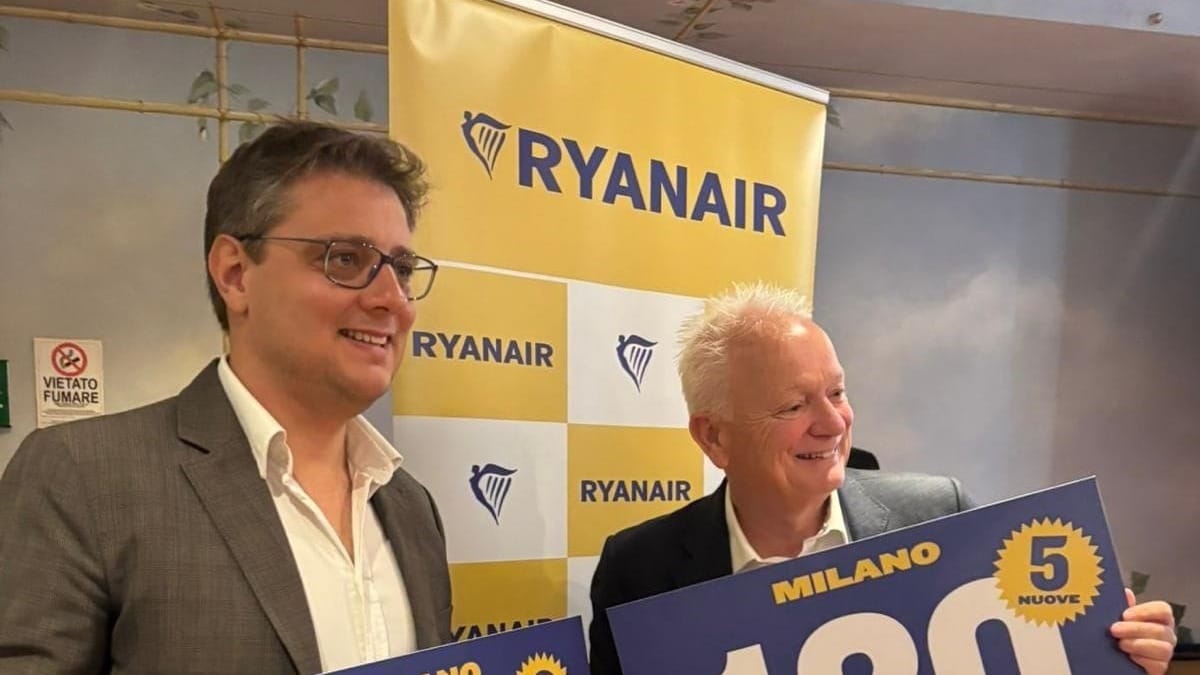
Ryanair has announced that for the upcoming winter 2025/2026 season, it will be adding three aircraft across its airports served in Milan, namely Malpensa Airport (MXP) and Bergamo Airport (BGY), which is actually around an hour away from Milan, Italy. It previously pulled one aircraft out of Rome Ciampino Airport (CIA).
The Irish low-cost carrier said that it would base two additional aircraft at MXP and one at BGY, taking the total of based aircraft at the two airports to 22 and nine, respectively, which includes 8 Boeing 737 MAX 8-200s.
As a result, Ryanair’s network from the two airports will grow to 120 destinations, or five more. The new quintet of connections is from MXP to Bratislava Airport (BTS), Gothenburg-Landvetter Airport (GOT), Pescara Abruzzo Airport (PSR), Warsaw Modlin Airport (WMI), and Plovdiv International Airport (PDV).
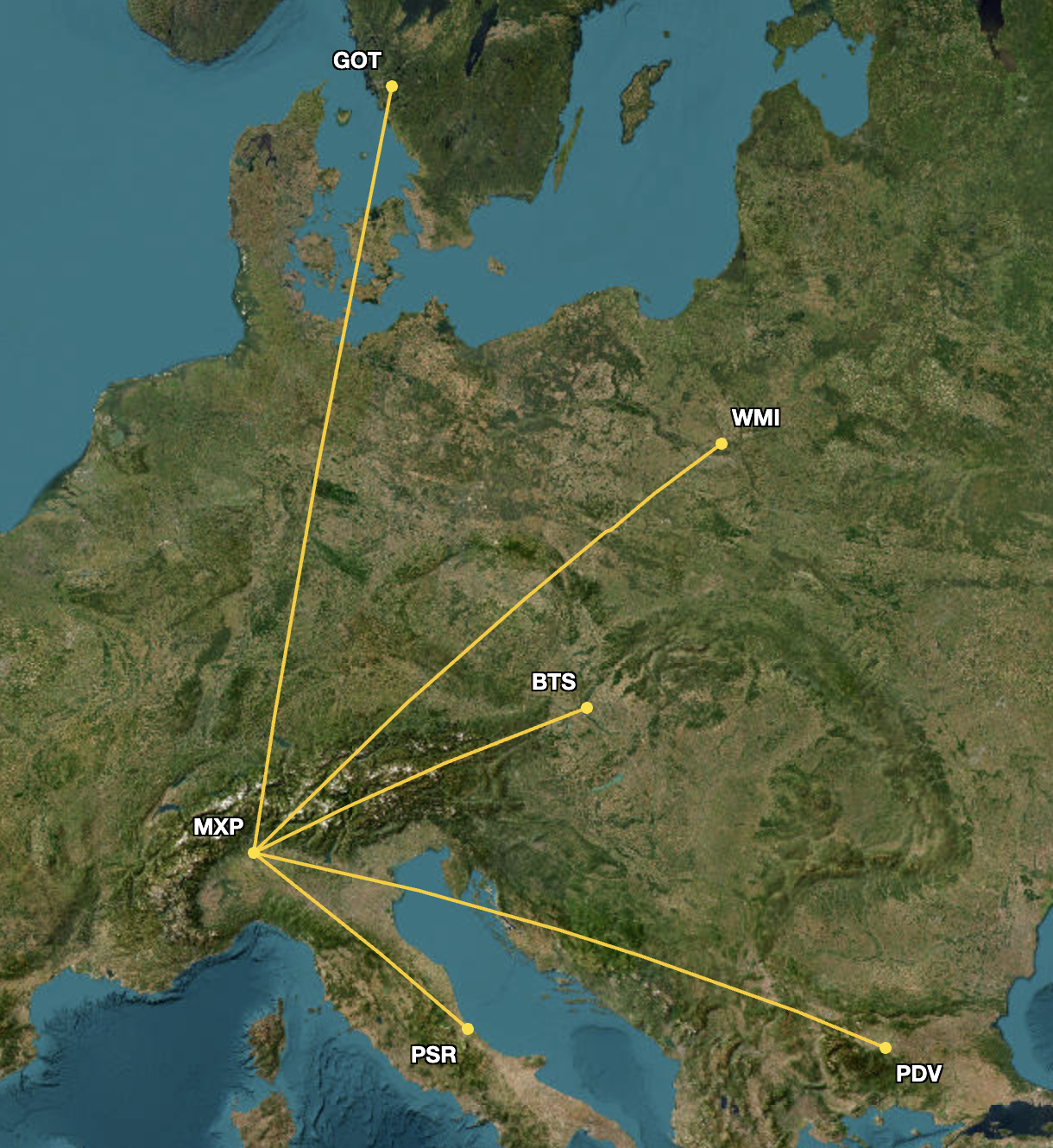
Eddie Wilson, the Chief Executive Officer (CEO) of Ryanair, said that the three new aircraft based at BGY and MXP underpinned the low-cost carrier’s long-term strategy of “supporting the growth of Italy’s regional airports, as evidenced by the 19m passengers (+4%) we will deliver in Milan this year.”
“We’ve worked closely with the SACBO [the operator of BGY – ed. note] and SEA [the operator of MXP – ed. note] teams to make this growth possible – proving that competitive conditions and efficient operations are key to unlocking real growth.”
Ryanair has once again used the opportunity to attempt to influence a government's tax policies. Wilson stated that if the country’s lawmakers were to “scrap the Municipal Tax across all Italian airports to stimulate further traffic, tourism, and jobs growth,” it would add 40 additional aircraft, resulting in 20 million additional annual passengers and 250 new routes throughout Italy.
“Ryanair calls on the Italian Govt to scrap the Municipal Tax at all Italian airports and follow the lead of the Abruzzo, Calabria, Friuli-Venezia Giulia and Sicily Regions, which have all scrapped the Municipal Tax to deliver growth.”
The low-cost carrier already said on September 30, 2025, that it would remove one aircraft based at CIA, the city’s secondary airport, due to “the artificial flight cap at Ciampino, […] inflation-busting airport fee rises, […] and Govt’s harmful decision to increase the Municipal Tax at Rome’s airports” from April 2025.
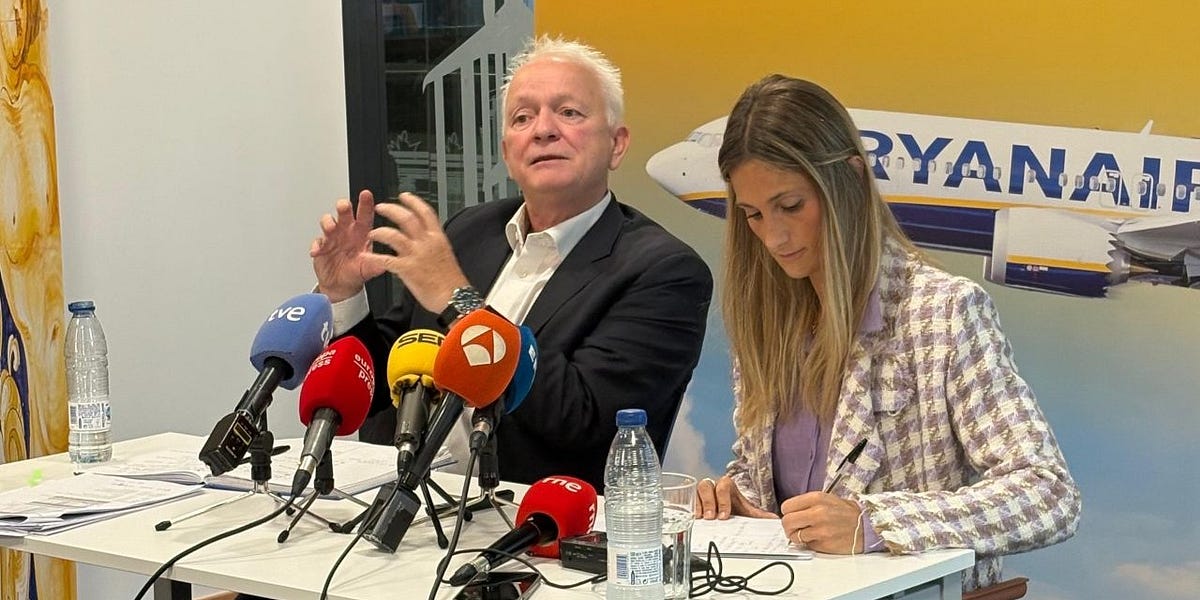
At the time, Ryanair stated that it has continued to invest and grow traffic in Italy – as evident by the three new aircraft at BGY and MXP – yet the government continues holding back traffic from Rome, which includes CIA and Rome Fiumicino Airport (FCO).
In addition to calls to scrap CIA’s daily flight cap of 65 flights, or four per hour, the Irish airline pleaded to scrap the Municipal tax at all Italian airports.
This is not the only government that Ryanair has publicly called out for what it sees as high taxes on air travel. In early September 2025, Ryanair and Aena, the Spanish company in which the Spanish government has a majority (51%) stake, clashed over the airline’s decision to cut capacity at regional airports.
While the low-cost carrier said that Aena has imposed “excessive and uncompetitive airport charges,” the Spanish company responded that it proposed “an increase of €0.68 [$0.80] in airport tariffs in 2026.”
“If Spanish airports were to evolve to the tune of Ryanair's demands, whining, cajoling and unbearable extortionist strategies, they would cease to function well (as they do today) in the medium and long term, and would not be financially sustainable.”
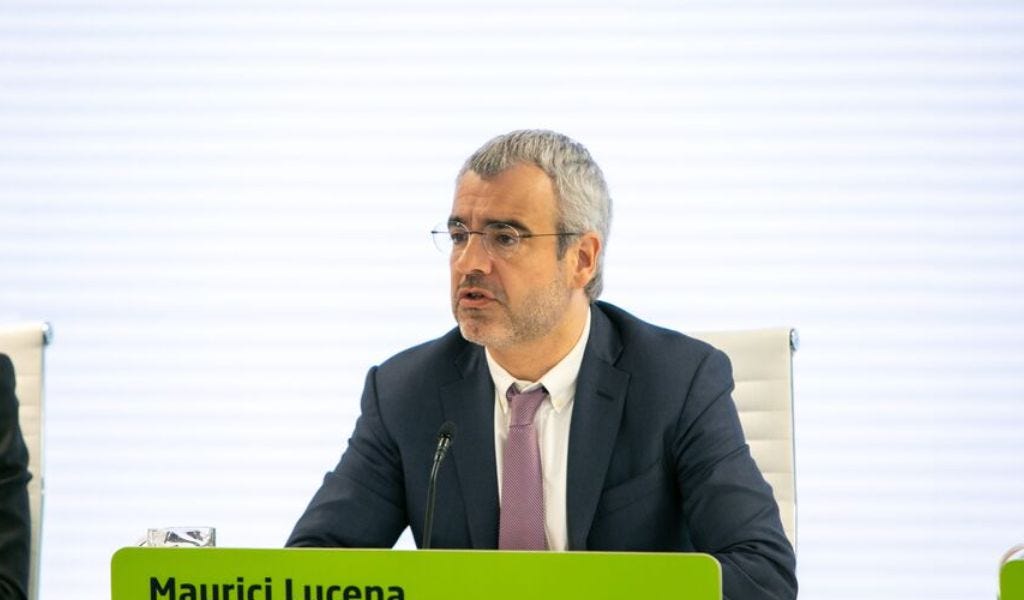
Ryanair’s response to Aena’s statement read that Maurici Lucena, the CEO of Aena, should “calm down and reduce AENA's high monopoly fees at Spanish regional airports, fees that are damaging air traffic, tourism, and employment.”
The public beef and “excessive and uncompetitive airport charges” have not stopped Ryanair from adding capacity elsewhere in Spain, however. The same day that it announced the new aircraft that would be based at BGY and MXP, it unveiled its winter schedule at Málaga-Costa del Sol Airport (AGP), which includes nine new destinations.
At the same time, it once again used the opportunity to take a jab at Aena, saying that the company’s proposed charges are “making [Spanish] regional airports financially unviable.”



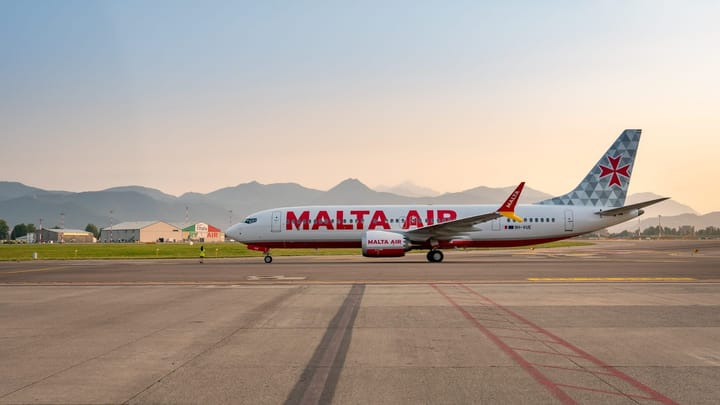
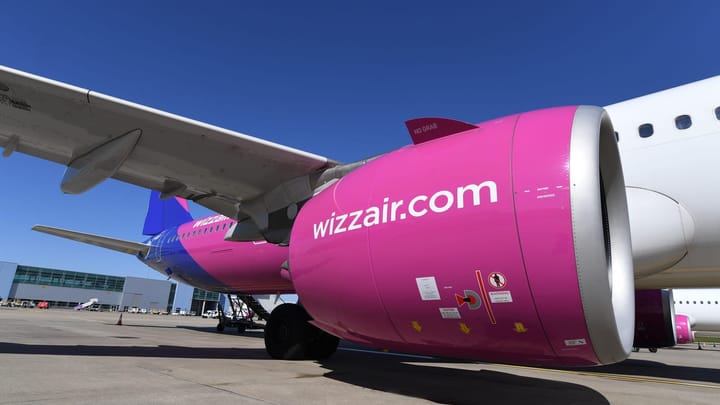
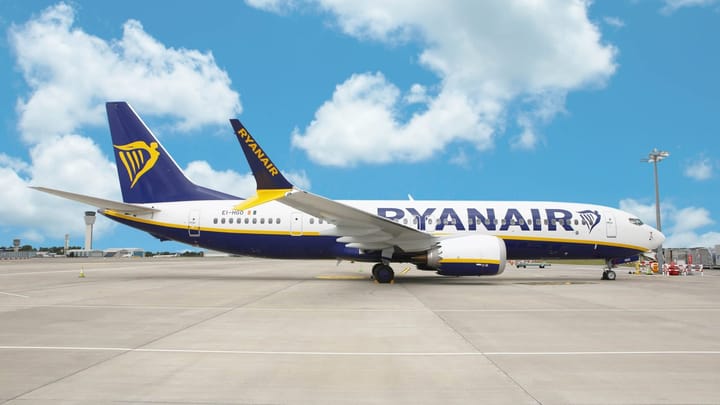
Comments ()